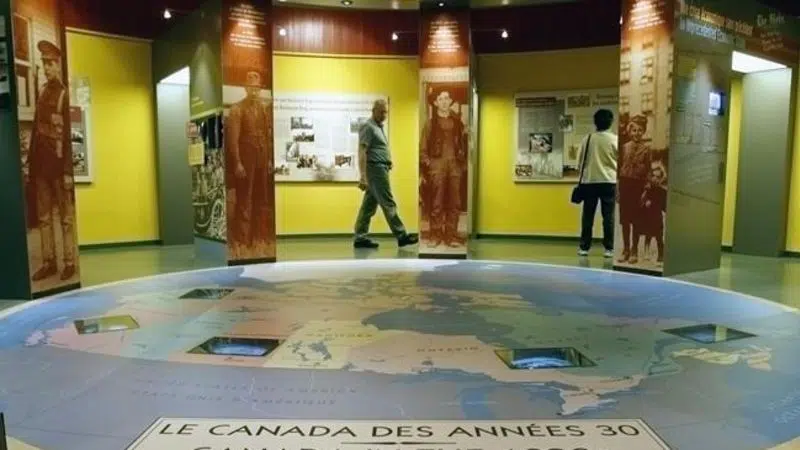
Juno Beach museum feeling financial pinch despite federal support
OTTAWA — Garth Webb was a 25-year-old lieutenant when he landed on the beaches of Normandy on June 6, 1944, one of thousands of Canadian soldiers to take part in the greatest amphibious landing in military history and the turning point in the Second World War.
When Webb joined other veterans in commemorating that pivotal event five decades later, he was struck by the lack of a tangible reminder of the sacrifices that he and the rest of the Canadians made on D-Day — and he set out to build a centre dedicated to that purpose.
The Juno Beach Centre in Courseulles-sur-Mers, France, was the result of that effort, and while Webb died in May 2012 at the age of 93, the centre remains as a tribute not only to his perseverance, but that of all Canadians during the Second World War.


